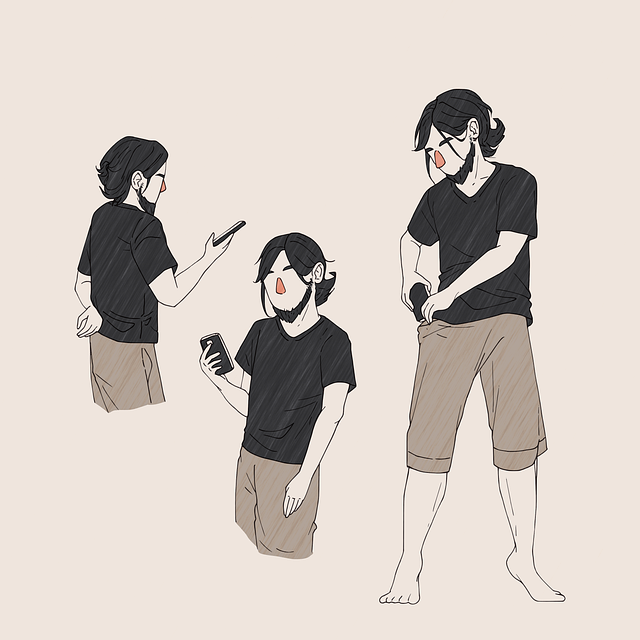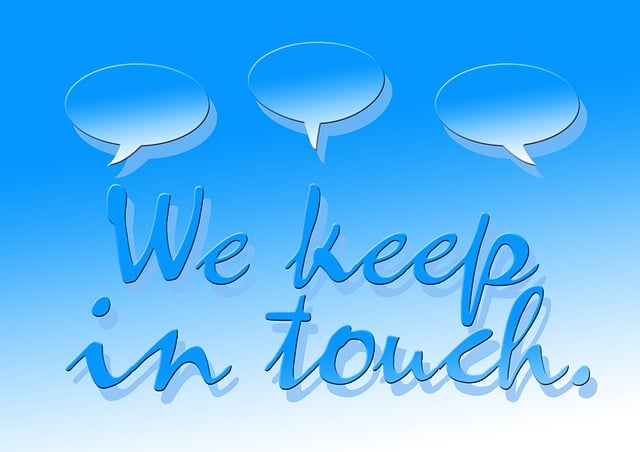TikTok's short-form content is a powerful educational tool for teachers to engage younger students. By breaking down complex topics into concise videos, leveraging challenges and duets for creative prompts, and integrating trending hashtags, educators can enhance learning across diverse subjects while fostering critical thinking, time management, and collaboration skills. Responsible use, adhering to platform guidelines, ensures TikTok remains an ethical and effective educational resource.
TikTok, known for its short-form content and viral trends, is transforming education by offering creative teaching strategies. This article explores how educators can leverage TikTok’s engaging format to deliver dynamic lessons, spark discussions with popular challenges, and foster conceptual understanding through captivating videos. Additionally, it delves into promoting student collaboration, while navigating the platform’s ethical boundaries. Discover innovative ways to integrate TikTok into your classroom and unlock new avenues for learning.
- Leveraging TikTok's Short-Form Content for Engaging Lessons
- Using Trends and Challenges to Spark Creative Discussion
- Crafting Catchy Videos for Conceptual Understanding
- Fostering Collaboration with Student-Made TikToks
- Navigating Platform Limits: Ethical Considerations for Educators
Leveraging TikTok's Short-Form Content for Engaging Lessons

TikTok’s short-form content format presents a unique opportunity for educators to create engaging and interactive lessons. Teachers can break down complex topics into bite-sized, easy-to-digest videos that capture students’ attention, especially younger generations who are already deeply engaged with the platform. By utilizing this approach, teachers can make learning fun and accessible without sacrificing educational value. For instance, a history teacher could create a series of quick videos exploring different ancient civilizations, using creative visual effects to illustrate cultural comparisons—a far cry from traditional lecture methods.
Furthermore, TikTok’s interactive features like challenges and duets can be adapted for educational purposes. Teachers can assign creative writing prompts as challenges, encouraging students to demonstrate their understanding of literary themes or historical events through short videos. This innovative approach not only improves time management skills but also fosters creativity and critical thinking. Even sustainability initiatives can benefit from this platform; teachers could share eco-friendly tips in quick clips, sparking conversations about global issues that may have been less engaging in a traditional classroom setting.
Using Trends and Challenges to Spark Creative Discussion

TikTok isn’t just for viral dance trends and comedic sketches; it can be a powerful educational tool when leveraged creatively. Teachers can harness the platform’s popularity by incorporating trending challenges and hashtags into their lesson plans, transforming mundane discussions into engaging debates. For instance, popular #TimeTravelTheory challenges could inspire students to explore historical events or speculative science, fostering critical thinking and imaginative discussion. Similarly, #ClimateChangeImpact videos can raise awareness about environmental issues, encouraging students to brainstorm solutions and participate in meaningful conversations about our planet’s future.
By aligning these trends with relevant subjects like science, history, or social studies, educators can spark interest, prevent plagiarism by promoting unique ideas, and enhance focus through interactive learning. Creative writing prompts inspired by trending topics can also encourage self-expression and collaboration. Whether it’s tackling complex theories or sharing personal experiences, TikTok offers a dynamic space for students to engage with content that resonates, ultimately enriching their educational journey. Visit us at climate change impact anytime for more insights on integrating these strategies into your classroom.
Crafting Catchy Videos for Conceptual Understanding

Creating engaging TikTok videos can be a powerful tool for educators to break down complex concepts and improve student understanding. The key lies in crafting content that is both informative and entertaining, keeping viewers’ attention throughout. By utilizing creative techniques, teachers can transform boring subjects into captivating short-form videos.
For instance, a language learning hack could involve using TikTok’s unique editing features to create a visually appealing short story analysis guide. Alternatively, incorporating exam stress relief strategies in the form of quick tips or tricks within engaging video clips can make studying more accessible and less daunting. Remember, keeping content concise, visually stimulating, and aligned with trending sounds and effects will ensure your videos stand out on the platform. So, whether it’s a lesson on history, math, or literature, TikTok offers a dynamic way to present information, making learning both fun and effective. Find us at Study Tips for more creative teaching strategies.
Fostering Collaboration with Student-Made TikToks

TikTok has transformed from a platform solely dedicated to dance challenges and lip-sync videos to a dynamic space where education can thrive. Teachers can leverage student creativity by fostering collaboration through TikTok, encouraging them to produce content related to lessons. For instance, students can create historical reenactments, modern history trends art appreciation guides, or even sustainability initiatives in the form of short, engaging videos. This approach not only promotes active learning but also allows peers to engage with each other’s work, creating a community within the classroom.
By incorporating these student-made TikToks into lessons, educators can employ a spaced repetition system to reinforce concepts and encourage critical thinking. Students can collaborate on editing tips for beginners, refining their skills and content quality over time. This collaborative process enhances peer learning and fosters a deeper understanding of subjects, making education more interactive and enjoyable.
Navigating Platform Limits: Ethical Considerations for Educators

While TikTok offers exciting opportunities for education and engagement, educators must navigate its platform limits responsibly. As a relatively new medium, TikTok has guidelines and restrictions in place to govern content, ensuring user safety and privacy. These include age limitations, copyright laws, and community standards that prohibit certain types of content. When integrating TikTok into teaching strategies, educators should be mindful of these boundaries to avoid potential risks. For instance, sharing study tips or productivity hacks for students on TikTok is generally acceptable, as long as they are presented in a responsible manner without infringing on copyright or promoting harmful stereotypes.
Educators can leverage the platform’s creative tools and features innovatively while staying within ethical limits. This might involve using TikTok to teach improvisational music exercises or photography composition rules through engaging video content. For example, a teacher could create short clips demonstrating different editing techniques or sharing quick productivity hacks over a series of videos. However, it’s crucial to remember that TikTok is a social media platform with its own algorithms and trends, so educators should approach content creation with an understanding of their audience and the potential reach of their videos. Properly citing sources and adhering to community guidelines will not only ensure a positive user experience but also help maintain the integrity of educational content on TikTok.
TikTok offers educators a dynamic platform to engage students through creative teaching strategies. By leveraging short-form content, incorporating trends and challenges, crafting compelling videos, and fostering student collaboration, teachers can enhance learning experiences. However, it’s crucial to navigate the platform’s limits ethically, ensuring appropriate content and respecting intellectual property rights. With a thoughtful approach, TikTok can revolutionize education by making learning fun and accessible to a new generation.



